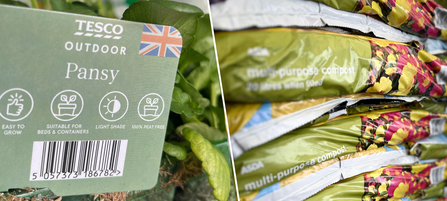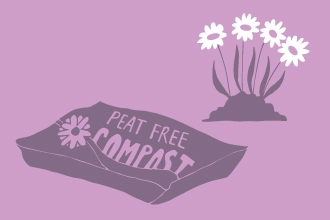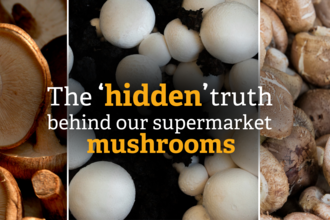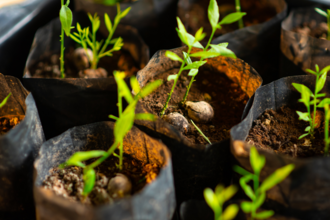Show your support and sign our open letter!
Have you ever considered that the products you buy at the supermarket or garden centre could be causing damage to nature and climate? In most cases, you would never know, as this information is often hidden or hard to find, and this is precisely why we are asking retailers to make that change and offer clarity to the sustainability of our shopping baskets. But what could possibly be hiding that would cause such damage? The answer is peat.





